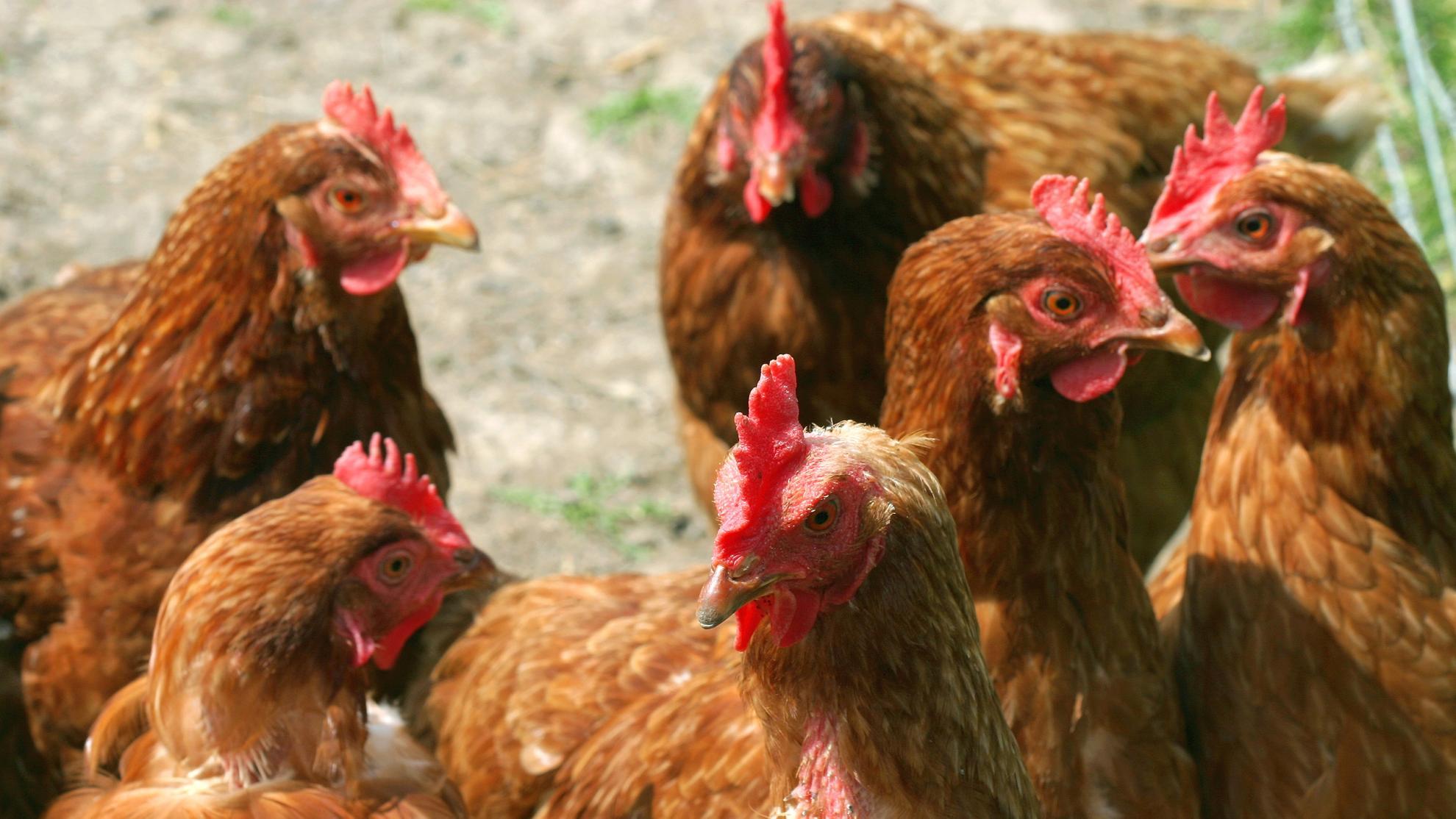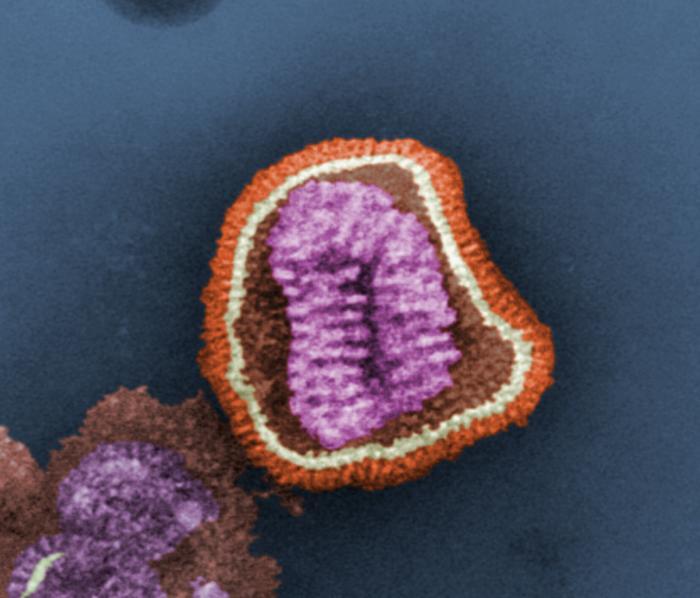Risk assessment of the newly emerged H7N9 avian influenza viruses
Since the first human case in 2013, H7N9 avian influenza viruses (AIVs) have caused more than 1500 human infections with a mortality rate of approximately 40%. Despite large-scale poultry vaccination regimes across China, the H7N9 AIVs continue to persist and evolve rapidly in poultry. Recently, several strains of H7N9 AIVs have been isolated and shown the ability to escape vaccine-induced immunity. To assess the zoonotic risk of the recent H7N9 AIV isolates, we rescued viruses with hemagglutinin (HA) and neuraminidase (NA) from these H7N9 AIVs and six internal segments from PR8 virus and characterized their receptor binding, pH of fusion, thermal stability, plaque morphology and in ovo virus replication. We also assessed the cross-reactivity of the viruses with human monoclonal antibodies (mAbs) against H7N9 HA and ferret antisera against H7N9 AIV candidate vaccines. The H7N9 AIVs from the early epidemic waves had dual sialic acid receptor binding characteristics, whereas the more recent H7N9 AIVs completely lost or retained only weak human sialic acid receptor binding. Compared with the H7N9 AIVs from the first epidemic wave, the 2020/21 viruses formed larger plaques in Madin-Darby canine kidney (MDCK) cells and replicated to higher titres in ovo, demonstrating increased acid stability but reduced thermal stability. Further analysis showed that these recent H7N9 AIVs had poor cross-reactivity with the human mAbs and ferret antisera, highlighting the need to update the vaccine candidates. To conclude, the newly emerged H7N9 AIVs showed characteristics of typical AIVs, posing reduced zoonotic risk but a heightened threat for poultry.

